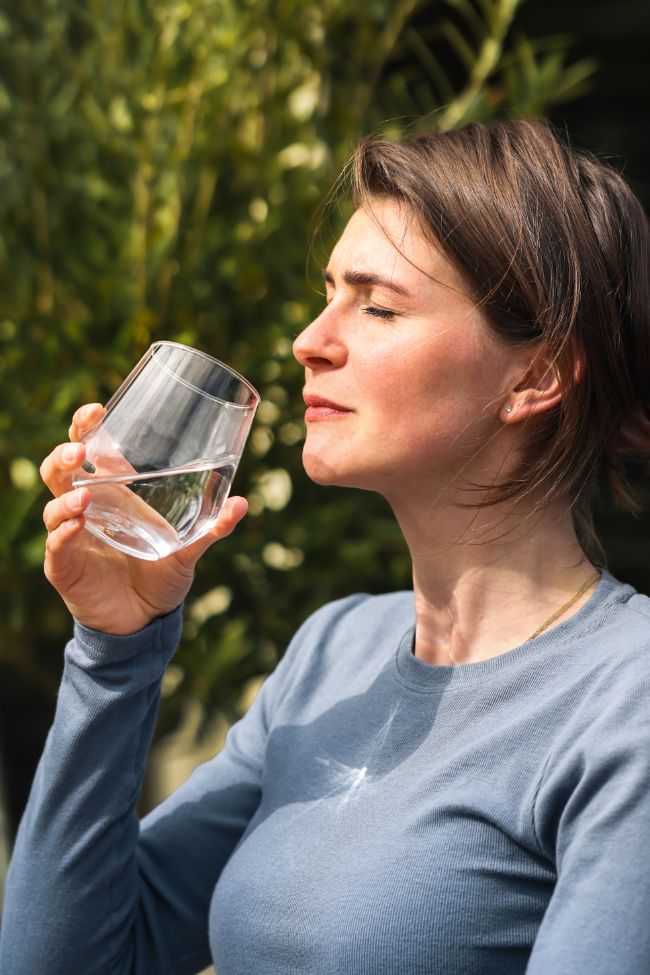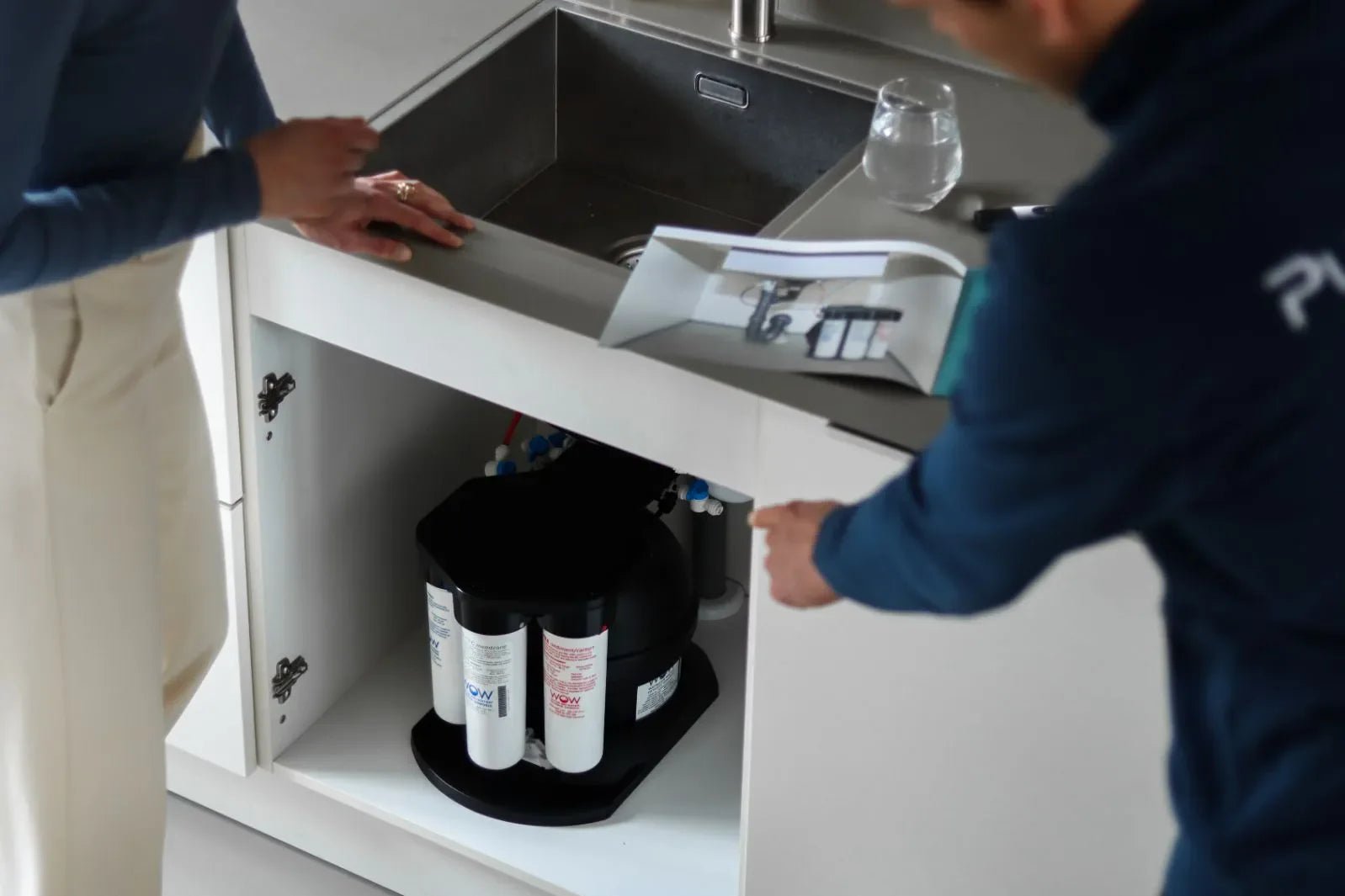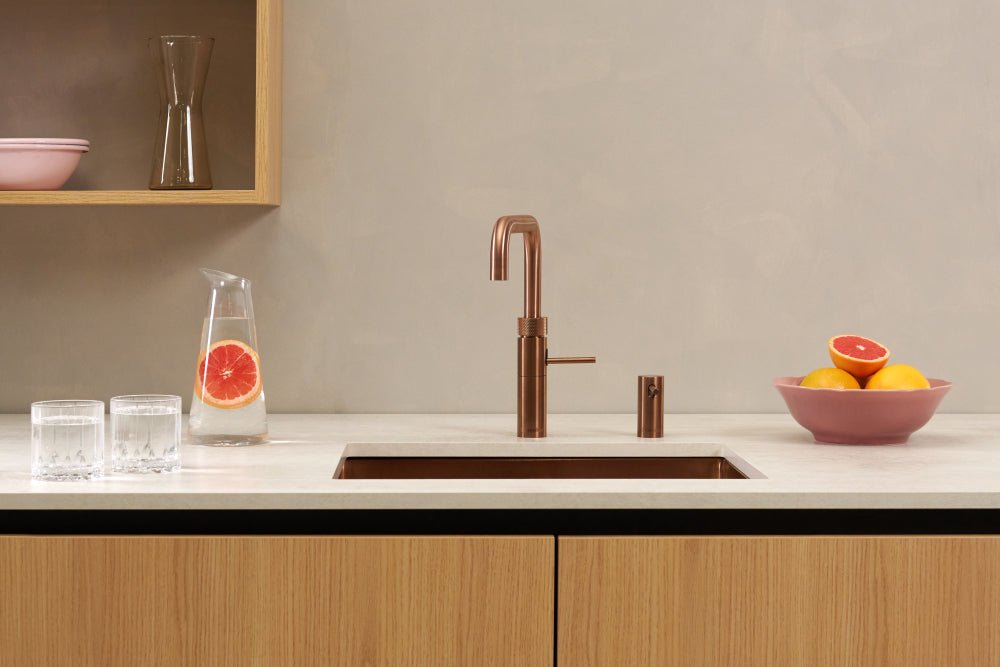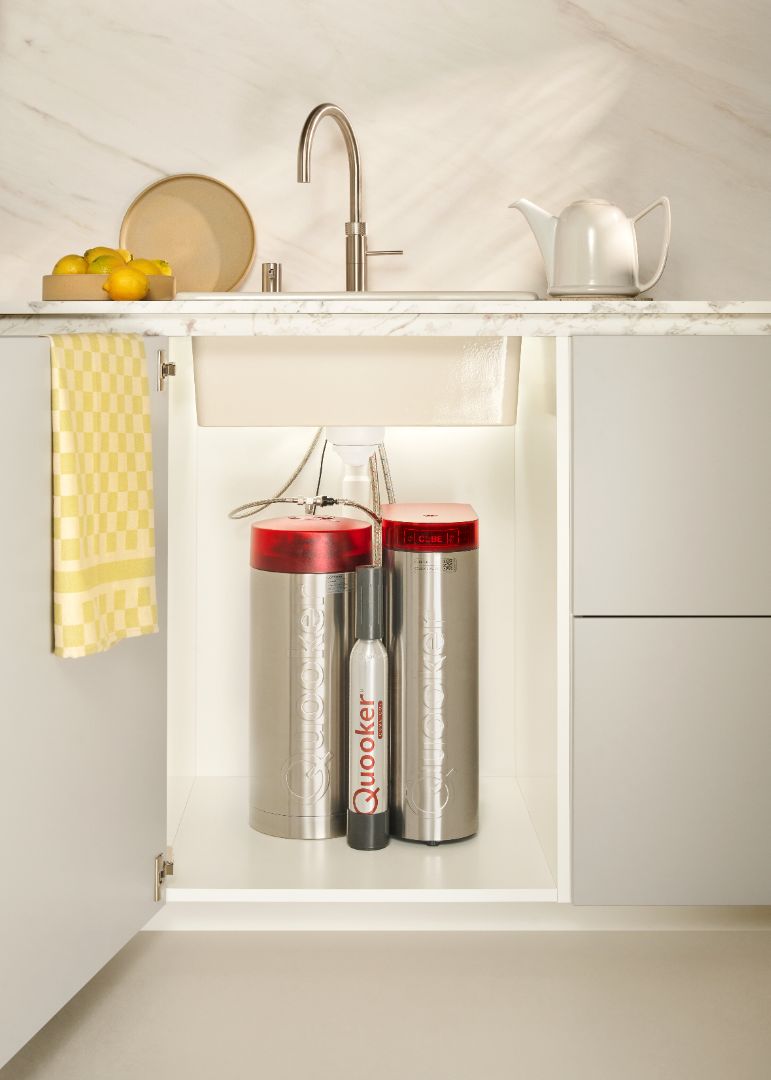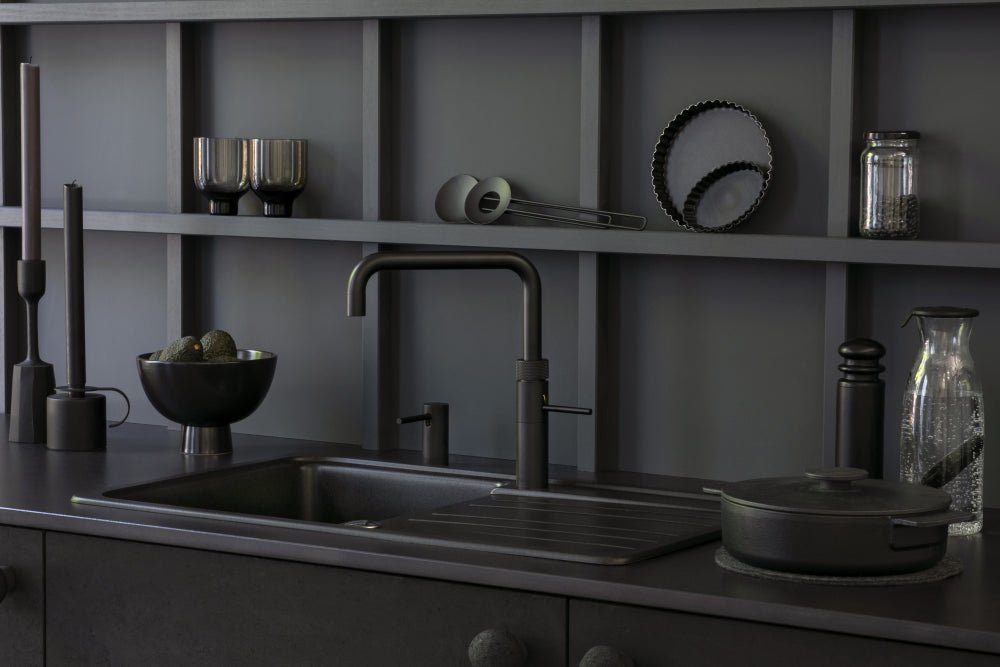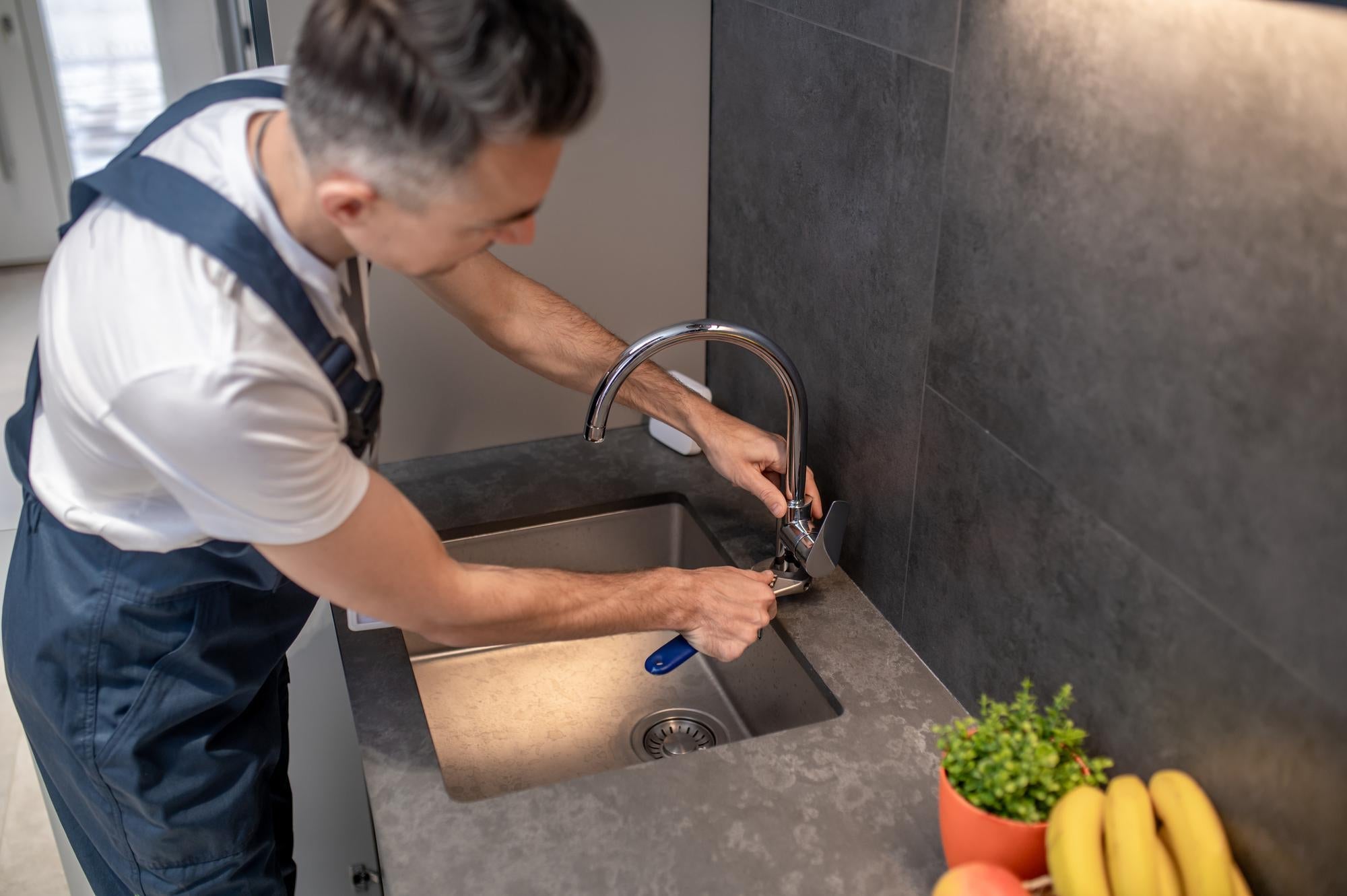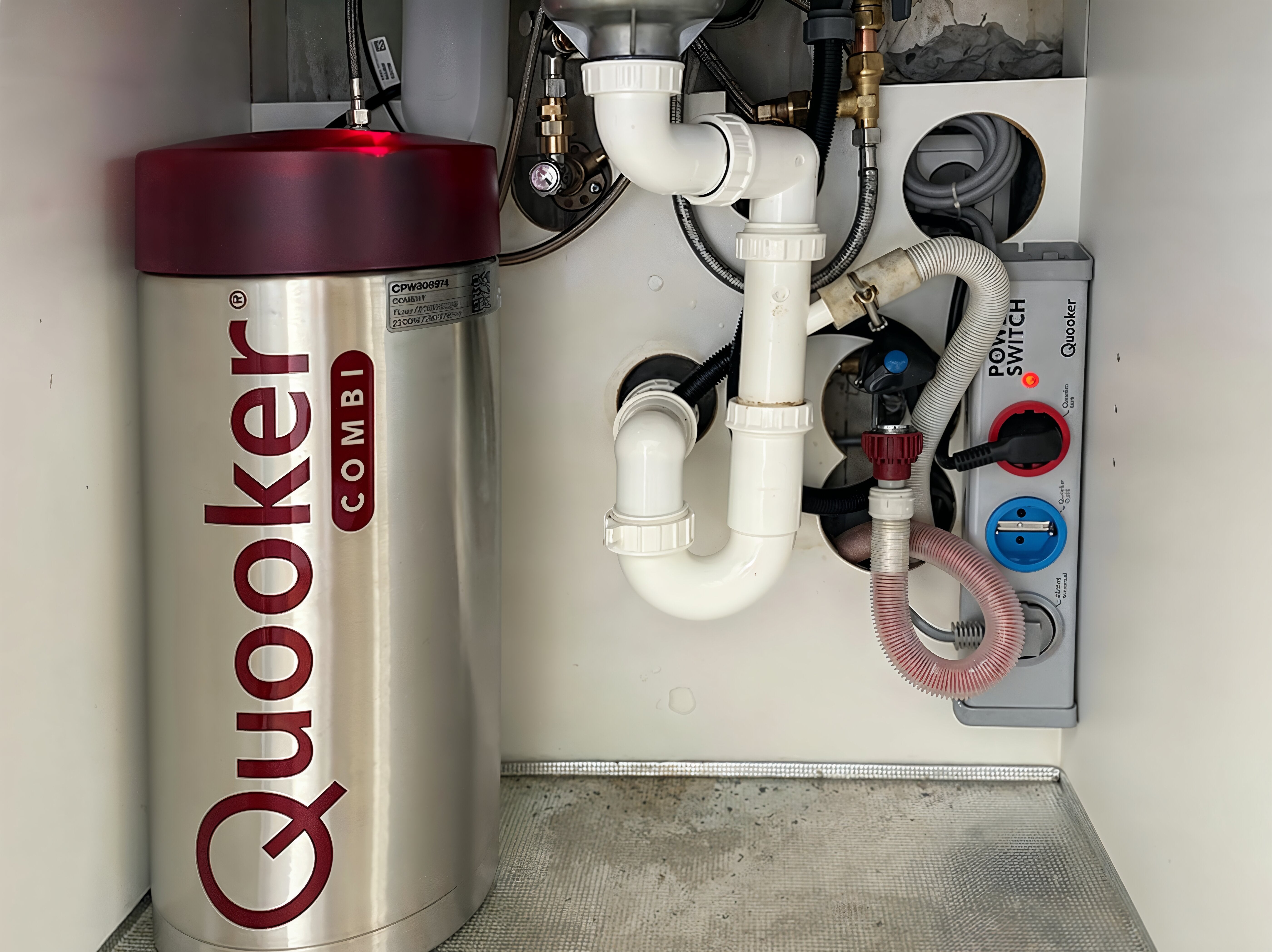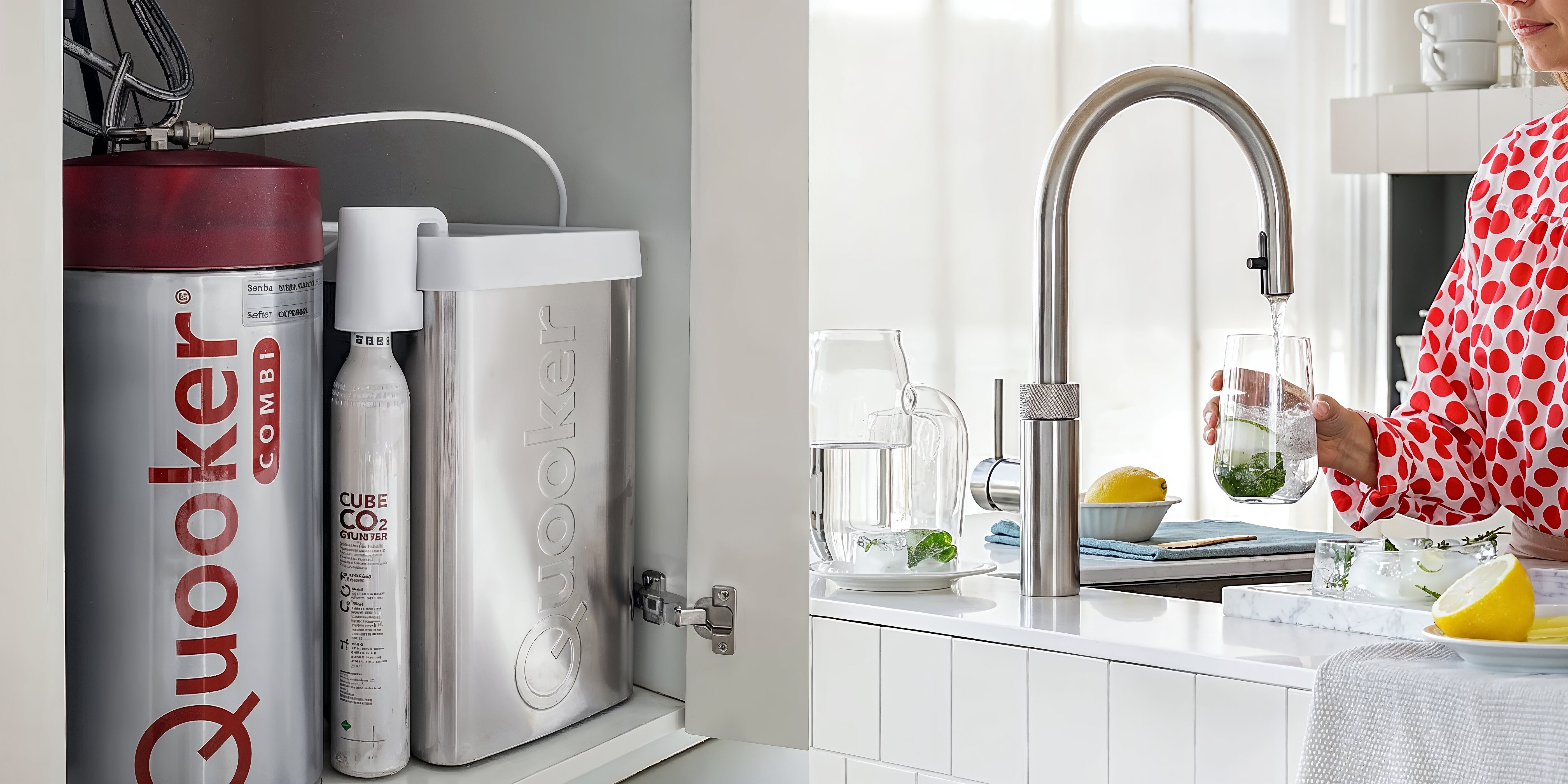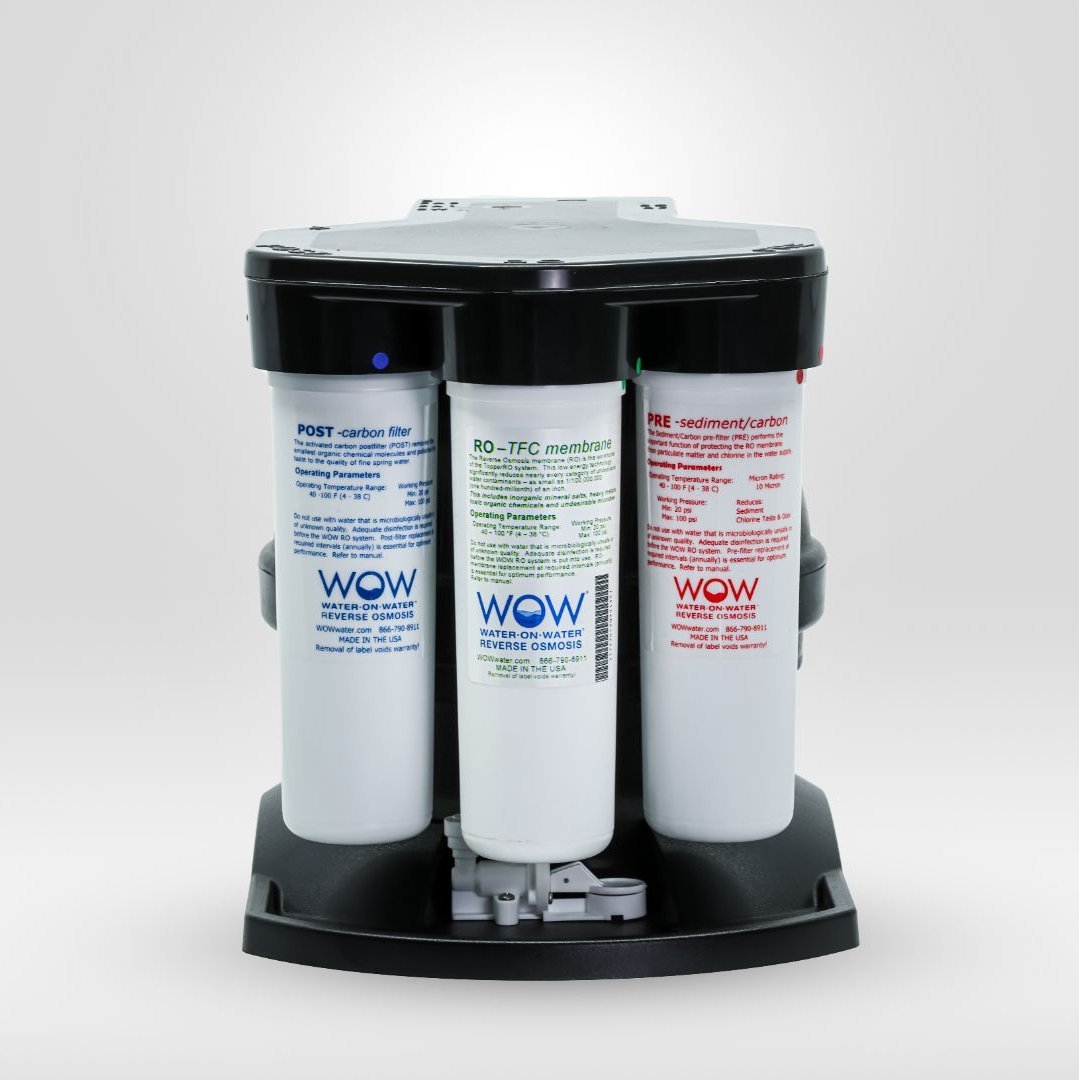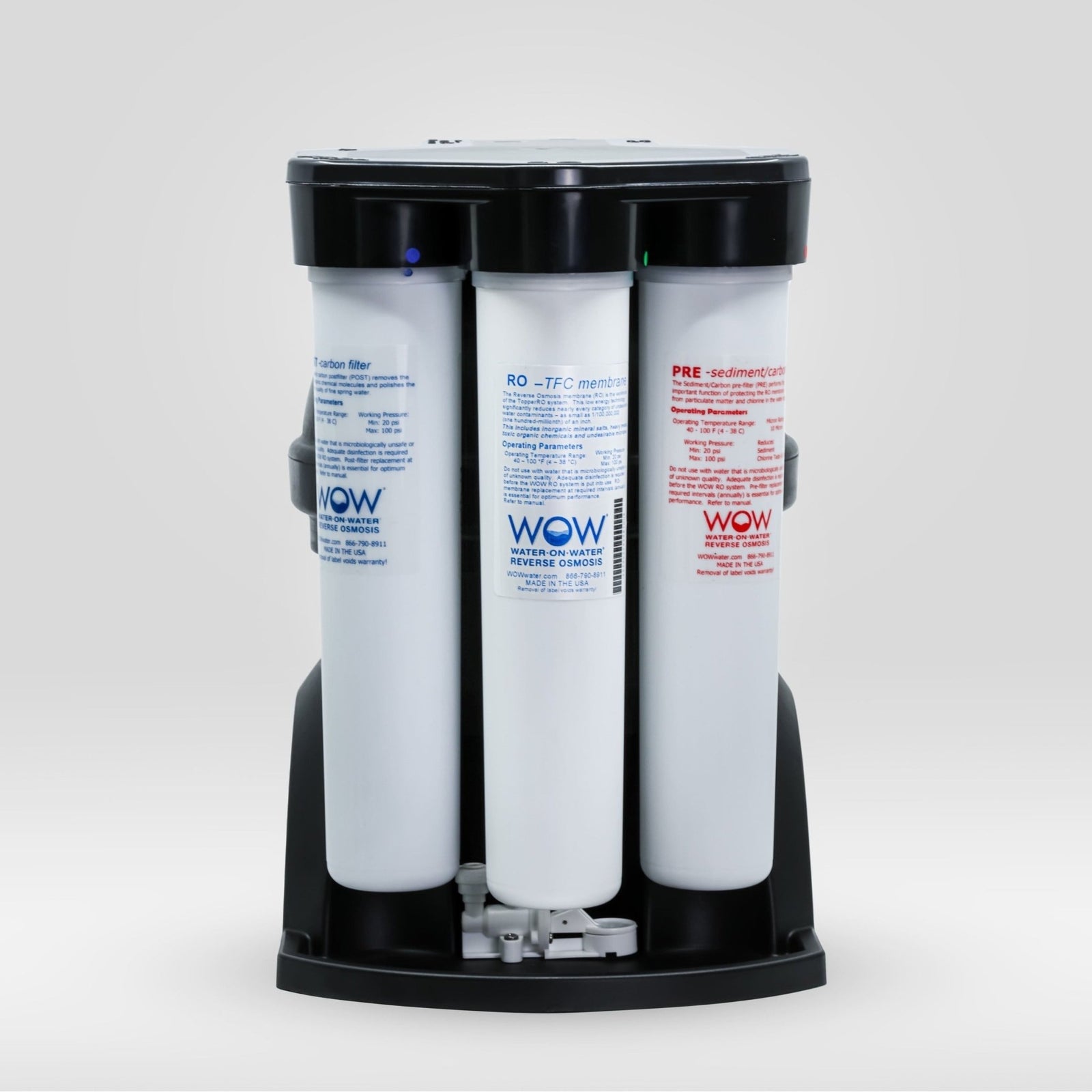Modern water purifiers can significantly reduce limescale buildup in household appliances like kettles. By softening or filtering water, minerals like calcium and magnesium are removed or transformed, which are the primary cause of limescale buildup. This keeps kettles in optimal condition for longer, consumes less energy, and extends their lifespan. Different filtering techniques offer varying levels of protection against limescale buildup.
What is the relationship between water purifiers and limescale buildup in kettles?
Limescale buildup in kettles is a direct result of the presence of minerals in our drinking water. When water is heated, these minerals—primarily calcium carbonate and magnesium salts—crystalline and form the familiar white or gray deposits. This limescale isn't harmful to health, but it does have negative effects on appliances.
Water hardness is determined by the concentration of these minerals. In the Netherlands, water hardness varies by region, depending on the soil composition and the source from which the water is extracted. Drinking water extracted from groundwater generally contains more minerals than surface water.
Water purifiers influence limescale formation by removing or transforming these minerals. Scientific research shows that effective water purification can reduce water hardness by 90% to 99%, depending on the system used. This results in significantly less limescale buildup in kettles and other household appliances.
How does a water purifier work against limescale?
Water purifiers use various techniques to filter limescale from water. The most effective method against limescale is reverse osmosis , a technology in which water is forced under pressure through a semi-permeable membrane. This membrane allows only water molecules to pass through and excludes calcium ions, magnesium ions, and other minerals.
Another commonly used method is ion exchange, in which calcium ions are replaced by sodium ions. This technique changes the chemical composition of the water without completely removing minerals, but it does prevent limescale formation.
Carbon filtration is often used in conjunction with other techniques. While this method primarily focuses on removing chlorine and organic contaminants, it can also help reduce certain minerals.
The purification process usually takes place in several steps:
- Pre-filtration to remove larger particles
- Main filtration (reverse osmosis or ion exchange) for mineral removal
- Post-filtration to improve the taste
What are the benefits of limescale-free water for household appliances?
The impact of limescale-free water extends beyond just kettles. All appliances that use water benefit from low-hardness water. For kettles, this means they operate more efficiently, use less energy, and last longer.
In coffee makers, limescale-free water improves the flavor of coffee and tea, as the aromas are more fully developed without the interference of minerals. It also prevents blockages in the system.
Steam irons work best with filtered water, as limescale can block the steam vents and cause brown spots on clothing. Dishwashers perform better and leave fewer streaks on glasses and cutlery when using limescale-free water.
The most important benefits at a glance:
- Longer lifespan of devices
- Lower energy consumption
- Less maintenance and cleaning work
- Better performance and results
- Less use of chemical descaling agents
Which PureAqua water purification systems are most effective against limescale?
At PureAqua, we offer several systems that effectively combat limescale. Our flagship product, The Source , uses advanced reverse osmosis technology and removes up to 99% of unwanted substances from tap water, including the minerals responsible for limescale formation.
The Source works in four steps: pre-treatment with an activated carbon filter, reverse osmosis filtration, storage in an innovative water-on-water tank, and post-treatment for optimal taste. This system is IAMPO NSF/ANSI 58 certified, guaranteeing safety and reliability.
What sets The Source apart from other systems is its combination of high effectiveness against limescale and sustainability. The system produces up to 500% less wastewater compared to traditional water purifiers, making it an environmentally friendly choice.
For households with limited space, we offer compact versions that use the same technology but take up less space. All systems are easy to install and require minimal maintenance, usually limited to periodic filter changes.
By choosing a PureAqua water purification system, you are not only investing in limescale-free equipment, but also in healthier and tastier water for your entire family.
